2,3-Dichloro-4-iodopyridine CAS:889865-45-6
2,3-Dichloro-4-iodopyridine serves as an important intermediate in organic synthesis, especially in medicinal chemistry. The unique combination of chlorine and iodine substituents on the pyridine ring allows for diverse chemical modifications and reactions, including nucleophilic substitutions and cross-coupling reactions. These transformations make it an essential building block for synthesizing more complex molecules that can be used in drug development. In pharmaceutical research, compounds containing halogenated pyridines are often investigated for their biological activities, such as antimicrobial, antiviral, or anticancer properties. 2,3-Dichloro-4-iodopyridine and its derivatives may serve as potential candidates for new therapeutic agents, as the introduction of halogens can significantly influence the pharmacological profile of the resulting compounds. Researchers explore various synthetic routes to generate analogs with improved potency, selectivity, and reduced toxicity. Additionally, this compound finds utility in the field of agrochemicals. Halogenated pyridines are known for their effectiveness as herbicides and fungicides. 2,3-Dichloro-4-iodopyridine can be incorporated into formulations aimed at controlling pests and diseases in crops. The dual chlorine substitution enhances the compound's biological activity and stability in agricultural settings, contributing to effective pest management strategies. Moreover, 2,3-dichloro-4-iodopyridine has potential applications in materials science. Its halogenated structure may facilitate interactions with other polymers or materials, leading to the development of functionalized coatings and advanced materials with enhanced properties. This versatility opens possibilities for innovative applications in electronics, sensors, and protective coatings. Overall, the structural characteristics and reactivity of 2,3-dichloro-4-iodopyridine highlight its significance in organic synthesis, pharmaceutical research, agrochemical development, and materials science, driving advancements across various scientific disciplines.



| Composition | C5H3Cl2IN |
| Assay | 99% |
| Appearance | white powder |
| CAS No. | 889865-45-6 |
| Packing | Small and bulk |
| Shelf Life | 2 years |
| Storage | Store in cool and dry area |
| Certification | ISO. |




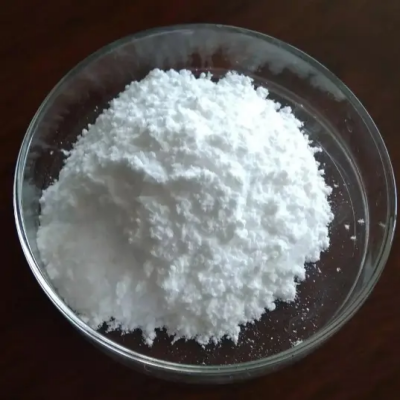
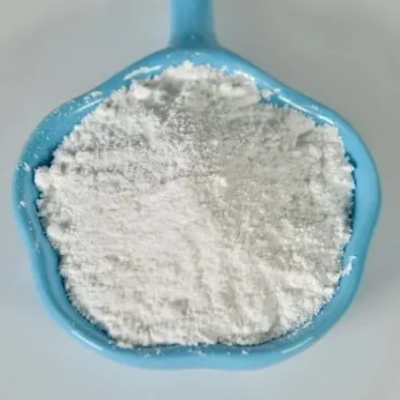
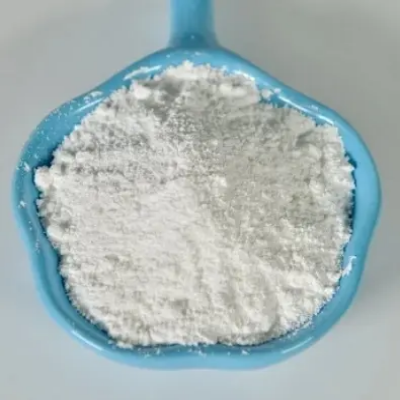
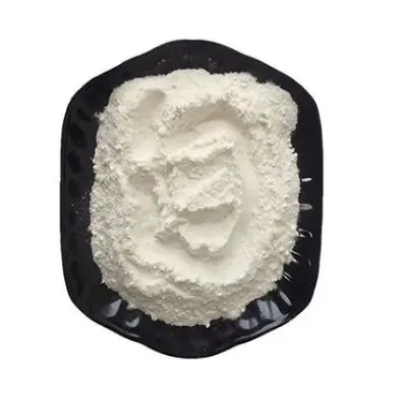
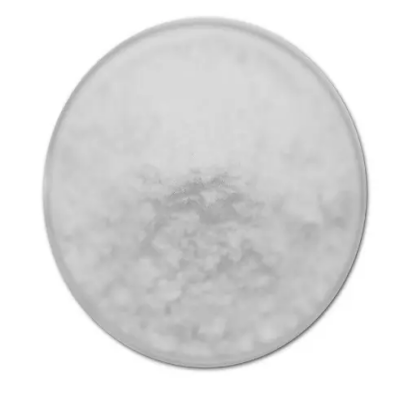
![2-[(tert-butoxycarbonyl)amino]-1,3-thiazole-5-carboxylicacid CAS:302964-02-9](https://cdn.globalso.com/xindaobiotech/YXWU15IWKSREIEIP257.png)